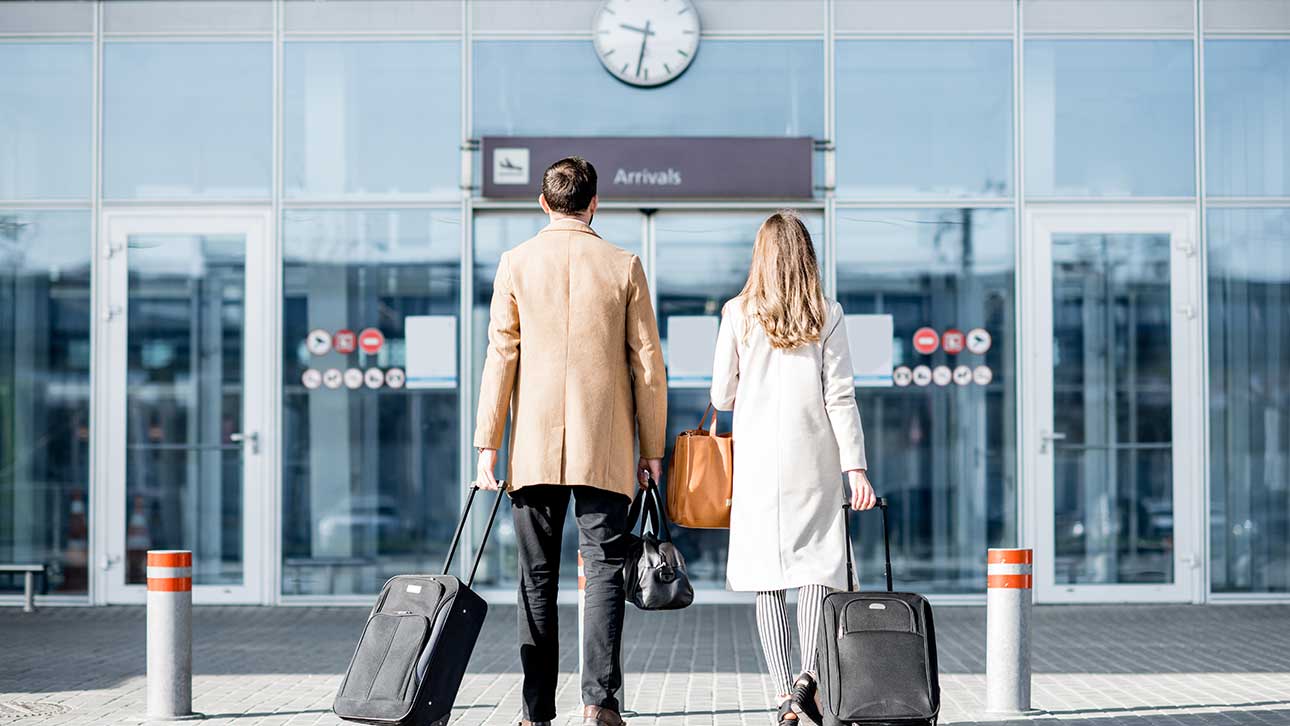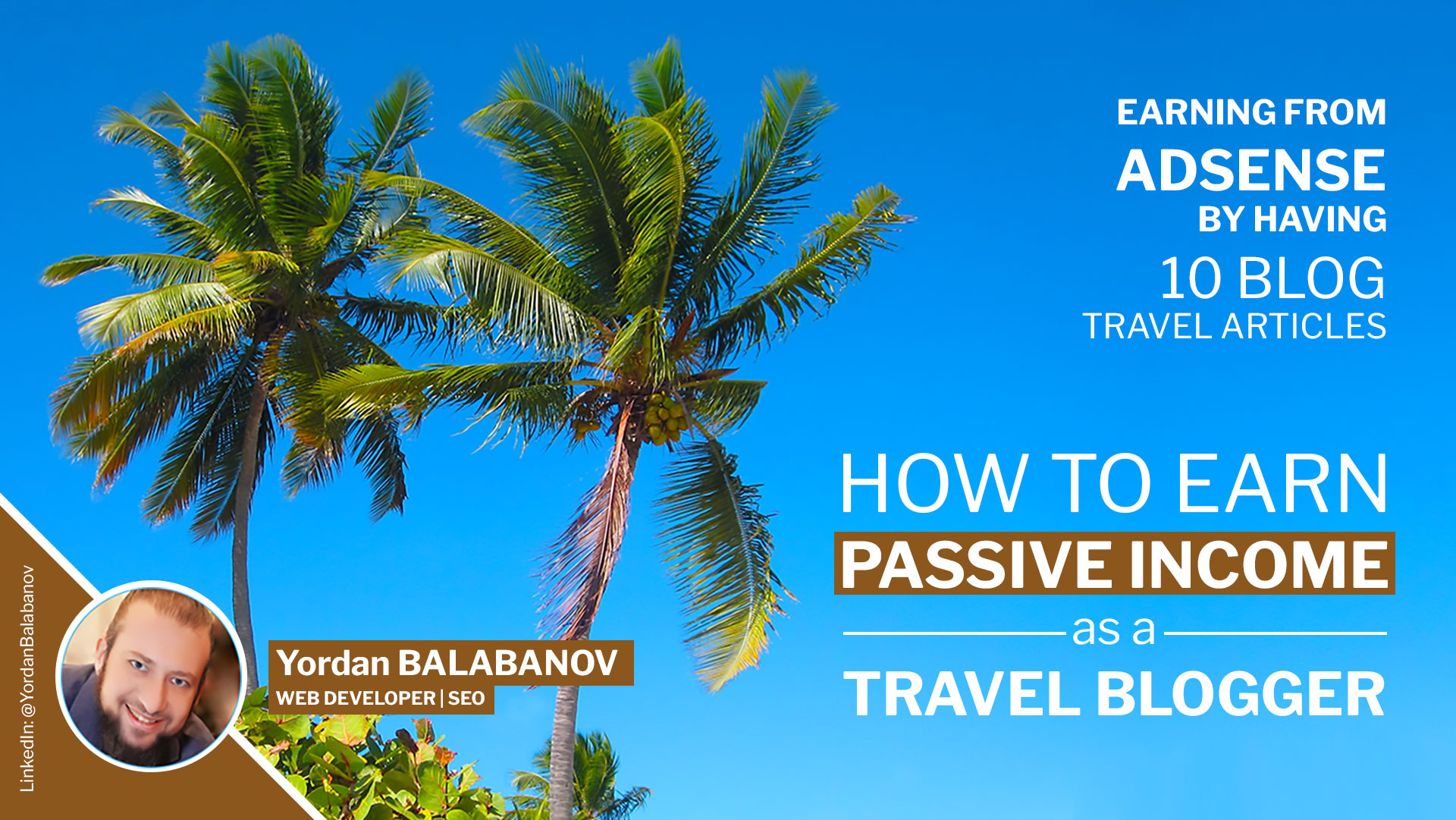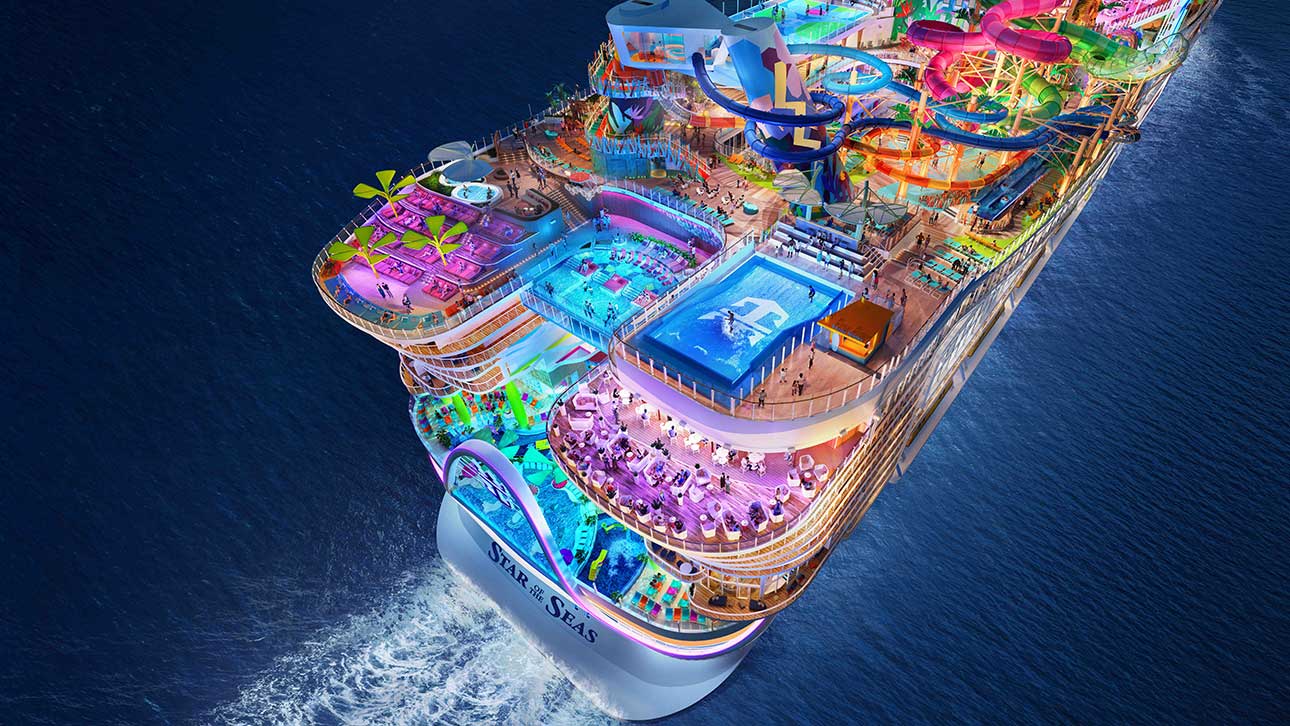In the competitive world of travel blogging, it's essential to optimize your website's images to enhance user experience, improve page load speed, and boost search engine rankings
This article will guide you through various image optimization techniques specifically tailored for travel blogs using the popular content management system (CMS) Joomla. From image size to alt text and lazy loading, we'll cover all the crucial aspects to help you achieve optimal SEO performance.
01. Optimal Image Size for Page Speed
Page load speed is a critical factor in both user experience and search engine optimization. To ensure faster loading times, it's crucial to optimize your images. The optimal image size for web usage is typically between 100KB and 500KB. By resizing and compressing images without sacrificing quality, you can significantly reduce their file size.02. JPEG Format vs. PNG Format vs. Modern Image Formats
When it comes to choosing between JPEG and PNG formats, it's important to understand their differences. JPEG (Joint Photographic Experts Group) is best suited for photographs and complex images, as it uses lossy compression to reduce file size. On the other hand, PNG (Portable Network Graphics) format is ideal for images with sharp edges, solid colors, or transparency, as it uses lossless compression. Additionally, the emergence of modern image formats, such as WebP and AVIF, offers even better compression and quality, but they may require browser support to be fully effective.03. Naming Images with Keywords
Assigning meaningful names to your images is crucial for SEO. Instead of generic names like "image01.jpg," use descriptive names that include relevant keywords. For example, if you have an image of a stunning sunset in Bali, a suitable name could be "bali-sunset-beach.jpg." This not only helps search engines understand the content but also improves the chances of your images appearing in relevant image search results.04. Including Image Alt Text
Alt text, or alternative text, is a concise description of an image that appears when the image fails to load or is inaccessible to users. Alt text is not only beneficial for visually impaired users but also serves as valuable content for search engines. When adding alt text in Joomla, make sure to provide accurate and descriptive text that includes relevant keywords related to the image and surrounding content.05. Including Image Title Description
In addition to alt text, providing a descriptive title for your images further enhances their visibility and search engine optimization. Image titles appear as tooltips when users hover over an image. By using concise and keyword-rich descriptions, you provide additional context to both users and search engines.06. Lazy Load for Images in CMS Joomla
Implementing lazy loading for images in Joomla can significantly improve page load speed, especially for content-heavy pages with multiple images. Lazy loading delays the loading of images until the user scrolls down to the specific area where the image is located. Joomla offers various extensions and plugins that enable lazy loading functionality, improving the overall user experience and SEO performance.07. Activating Joomla Cache
Enabling caching in Joomla is crucial for optimizing overall website performance, including image loading. By activating the Joomla cache, the system generates static versions of your website's pages, reducing server requests and improving page load times. This indirectly benefits image loading speed and enhances the overall SEO performance of your travel blog.08. Image Sitemap for Google Search Console
To ensure that search engines index and understand your images correctly, creating an image sitemap is essential. In Joomla, you can generate an image sitemap using available extensions or manually create one using XML sitemap plugins. Submitting the image sitemap to Google Search Console helps search engines discover and index your images more efficiently, ultimately boosting your visibility in image search results.Conclusion:
Optimizing images for your travel blog in Joomla is crucial for improving page load speed, enhancing user experience, and boosting search engine rankings. By following the techniques mentioned in this article, such as choosing optimal image sizes, utilizing modern formats, and incorporating relevant keywords and alt text, you can maximize the SEO potential of your images. Additionally, features like lazy loading, activating Joomla cache, and creating image sitemaps further contribute to optimizing your travel blog's overall image performance. Remember to stay updated with the latest SEO practices and continuously monitor and optimize your images for the best results.
Let yourself be inspired for new adventures! Follow Yordan on the social media!     |
![Български [BG] Български [BG]](/media/mod_languages/images/bg_bg.gif)
![English [EN] English [EN]](/media/mod_languages/images/en_gb.gif)






























